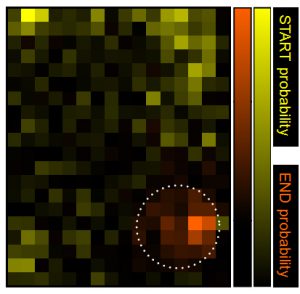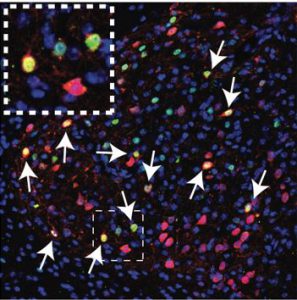Our research
The quality and quantity of social interactions are some of the best predictors for mental health and for longevity in humans. However, the biological mechanisms by which these interactions can have such profound effects on our brain and behavior remain largely a mystery. In our lab, we use animal models to investigate these mechanisms at the behavioral, electrophysiological and neurochemical levels.
One of the circuits we probe in this context is the oxytocinergic system in mice. We approach this from three different angles.
1. Maternal thermoregulatory behavior
The first and arguably the most impactful social interaction experienced in life is the interaction with parents. In many mammals, infants are partial poikilotherms and rely on adults to provide thermoregulatory care. However, the neural substrates for maternal thermoregulatory behaviors are unknown.
We investigate neural substrates for some key maternal thermoregulatory behaviors. In particular, we are interested in understanding how maternal mice recruit the help of other adult mice in order to provide optimal care for offspring.

Spatial organization of maternal shepherding behavior in mice
2. Social buffering
Certain social contexts, like the presence of familiar conspecifics, can alleviate the stress induced by dangerous environments, a phenomenon called social buffering. Other social situations can have the opposite effect, aggravating the stress response. For example, one can respond to a scream either by running away (fight-or-flight) or by offering comfort (tend-and-befriend), depending on social, circumstances.
Our research will investigate the neural circuits by which social contexts modulate behavioral and autonomic responses to threat. We use electrophysiological, functional imaging, optogenetic and pharmacogenetic techniques in mice to study the role of cortical and subcortical circuits in social modulation of responses to threat.

Calcium transients recorded in the auditory cortex in response to adult distress calls
3. Social Behavior Adaptations to Sickness
Animals adapt their social interactions during immune activation episodes. Although traditionally it was believed that sickness leads to social isolation, we find a more complex response that depends on social hierarchy. We are investigating the neural mechanisms supporting these behavioral changes.
We investigate whether oxytocin receptor neurons in the central amygdala contribute to rank-dependent social behavior changes during sickness.

